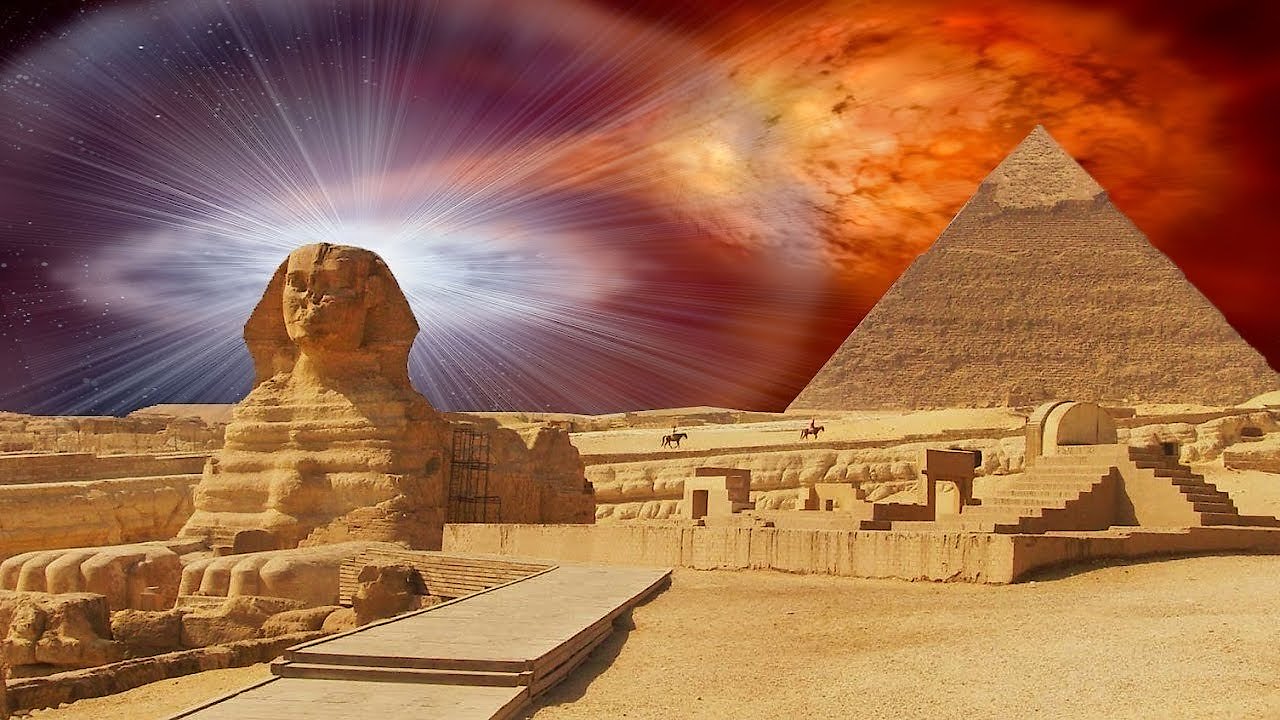-
Genres
-
CastAlika Del SolJean-Pierre AdamGuillemette Andreu
-
DirectorPatrice Pooyard
-
Release Date2009
-
MPAA RatingPG
-
Runtime1 hr 46 min
-
IMDB Rating7.7 (1,813)

The Revelation of the Pyramids is an engrossing documentary film that explores the mysteries surrounding the construction of the Great Pyramids of Giza in Egypt. Produced in 2010, the film is directed by Patrice Pooyard and features Gerard Chevalier and Bernard Vivier as narrators. The movie starts by highlighting the sheer scale and magnificence of the pyramids, marveling at their accuracy and complexity. The film then proceeds to delve into the primary question of how the pyramids were designed, built and why they were built in the first place.
The film hints at the commonly held view that the construction of the pyramids was undertaken by a highly skilled and united workforce, which worked around the clock for many years without ever making any significant mistakes. But The Revelation of the Pyramids openly challenges that notion and offers up an alternative explanation that is both intriguing and very different from the conventional view.
The film suggests that rather than doing it manually, the ancient Egyptians constructed the pyramids using advanced technology that was unknown to us but was capable of moving massive blocks of stones into place with remarkable precision. It argues that the pyramids were not built using slave labor at all, but rather through the cooperation of people who used cutting-edge technology to create something that was not only grand but also powerful.
Some of the film's more captivating aspects include a focus on the mathematical principles that controlled the design and layout of the pyramids. The movie puts a spotlight on the measurements of the exterior of the pyramids, the angles between the various pieces, and the significance of the numbers used in their design. It discusses the role that the stars and planets played in the pyramidâs layout as well, suggesting that the entire structure had a cosmic purpose.
Throughout the film, the viewer is confronted with striking visuals of the pyramids, interior structures, and several subterranean tunnels that appear to have been built into the pyramid's structure. The tunnels, which are expertly shot and edited, add to the mystery surrounding the pyramids by suggesting that they were more than just tombs for the pharaohs that commissioned them.
One of the more fascinating aspects of the film is the stunning 3D CGI imagery that The Revelation of the Pyramids employs. The movie provides the viewer with immersive computer-generated simulations that show the construction of the pyramids and how they came to be. In some ways, this has helped the filmmakers to present their ideas in a more understandable and digestible way, making it easier for the viewer to understand how it was possible to undertake such a mammoth building project using technology that was thousands of years ahead.
In essence, The Revelation of the Pyramids is an intellectual plea to question nearly everything we know about the pyramids, and it convincingly make a case for the use of advanced technology as the means used by the ancient Egyptians in constructing these massive structures. The film's narration is compelling, and its visuals are stunning, making it a must-watch for anyone who is interested in learning more about one of the world's most enigmatic architectural feats.
Overall, The Revelation of the Pyramid is a thought-provoking, beautifully produced, and insightful documentary that will make you question everything you thought you knew about the pyramids. It challenges the conventional views surrounding the construction and purpose of the pyramids, offering an alternative argument that is deeply compelling and worth considering. So, if you're ready to learn more about one of the world's greatest mysteries, this film is the perfect place to start.
The Revelation of the Pyramids is a 2009 documentary with a runtime of 1 hour and 46 minutes. It has received mostly positive reviews from critics and viewers, who have given it an IMDb score of 7.7.
